Frequently Asked Questions
Patients
Do I need photographic experience or specific equipment to benefit from the PhotoTherapy Techniques courses?
No, you do not need any photography skills or a specific camera to start a journey with the PhotoTherapy Techniques. For the photos we will ask you to take, a smartphone will be sufficient: the focus is on using photography as a tool for self-exploration and personal growth rather than creating technically perfect images.
Are these courses useful for professional photographers?
Of course, the focus always remains on self-awareness and not the professional domain of the tool, but those who already use photography as a preferred tool for communication will find it easier to introspect and work on themselves through visual metaphors.
What should I expect from a therapy session that uses photographs?
During a therapy session that includes the use of photographs, the therapist may ask you to take photos of specific subjects or photographically explore themes that are meaningful to you. The therapist may also suggest working with self-portraits and/or photographs from your family album. Together, you will reflect on the images, discussing their meaning and significance.
Are sessions using the PhotoTherapy Techniques confidential?
Of course, when working with PhotoTherapy Techniques the sessions are confidential, exactly as in traditional therapy. The therapist will follow ethical guidelines to maintain confidentiality and will not share your images or personal information without your consent.
How long do sessions last when using photography?
The duration of a session can vary depending on the client’s needs and the therapist’s approach. Generally, when using PhotoTherapy Techniques, sessions can last between one and one and a half hours.
Psychotherapists
In what other fields are PhotoTherapy Techniques useful?
PhotoTherapy Techniques can adapt to various fields and contexts: they can easily integrate into group therapies and serve as a powerful tool for team-building workshops and group supervision. Photographs can serve as a starting point for discussion and exploration within the group, facilitating the sharing of experience, building relationships, and mutual support.
Photography is an ideal tool for expressive workshops, and there is ample evidence of its effectiveness with various types of clients. With elderly patients, photographs can help preserve memory and promote a sense of identity. Photographs are also used in support and treatment groups for patients facing eating disorders, to enhance body awareness.
Are these pathways also useful for professional photographers?
Of course, the focus is always on self-awareness and not on the professional side. However, those who already use photography as a preferred means of communication will find it easier to introspect and work on themselves through visual metaphors.
For what patients is the use of photography most suitable?
Photography can benefit various types of therapy and different patients. In particular, it is a perfect tool for those who already use photography as their preferred means of communication, or with adolescents, who are naturally very familiar with this medium.
Is it possible to introduce photography sporadically into a clinical path, or should psychotherapy be built around the tool?
Of course, it is possible to introduce photography sporadically within a psychotherapeutic journey, depending on the needs and desires of the patient and the therapist. It is not necessary to build the therapeutic path entirely around photography.
The decision to use photography can be made based on the specific needs of the patient and therapeutic goals. For example, if a patient has difficulty verbally communicating their emotions, the therapist may propose the use of photography as an alternative means of expression in some sessions.
It is important to base the introduction of photography on therapeutic planning and discussion with the patient, in order to assess their acceptance, understanding, and interest in using this tool.
PhotoTherapy Techniques can be integrated into a psychotherapeutic journey at any stage, depending on the patient’s needs and therapeutic goals. In some cases, they can be used for initial activation, while in others, they can serve as a tool for exploration and support throughout the therapeutic process.
What is the most suitable educational path to deepen the use of photography in clinical psychology?
Although there is no specific and in-depth educational path to develop adequate competence in using photographs in clinical psychology, we recommend integrating theoretical and practical knowledge by drawing inspiration from various training opportunities.
In addition to our online and in-person courses, there are other training options:
Netfo, the Italian Network for Phototherapy, Therapeutic Photography, and Social Action Photography, offers an annual training course for all professionals in helping relationships.
For more information, please visit our website www.networkitalianofototerapia.com

Services
20122 Milano
